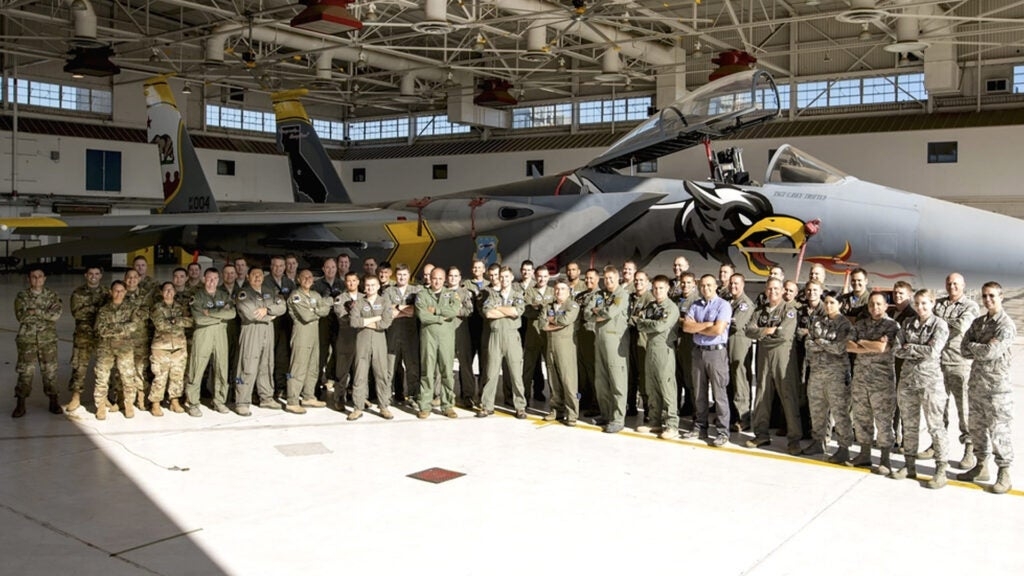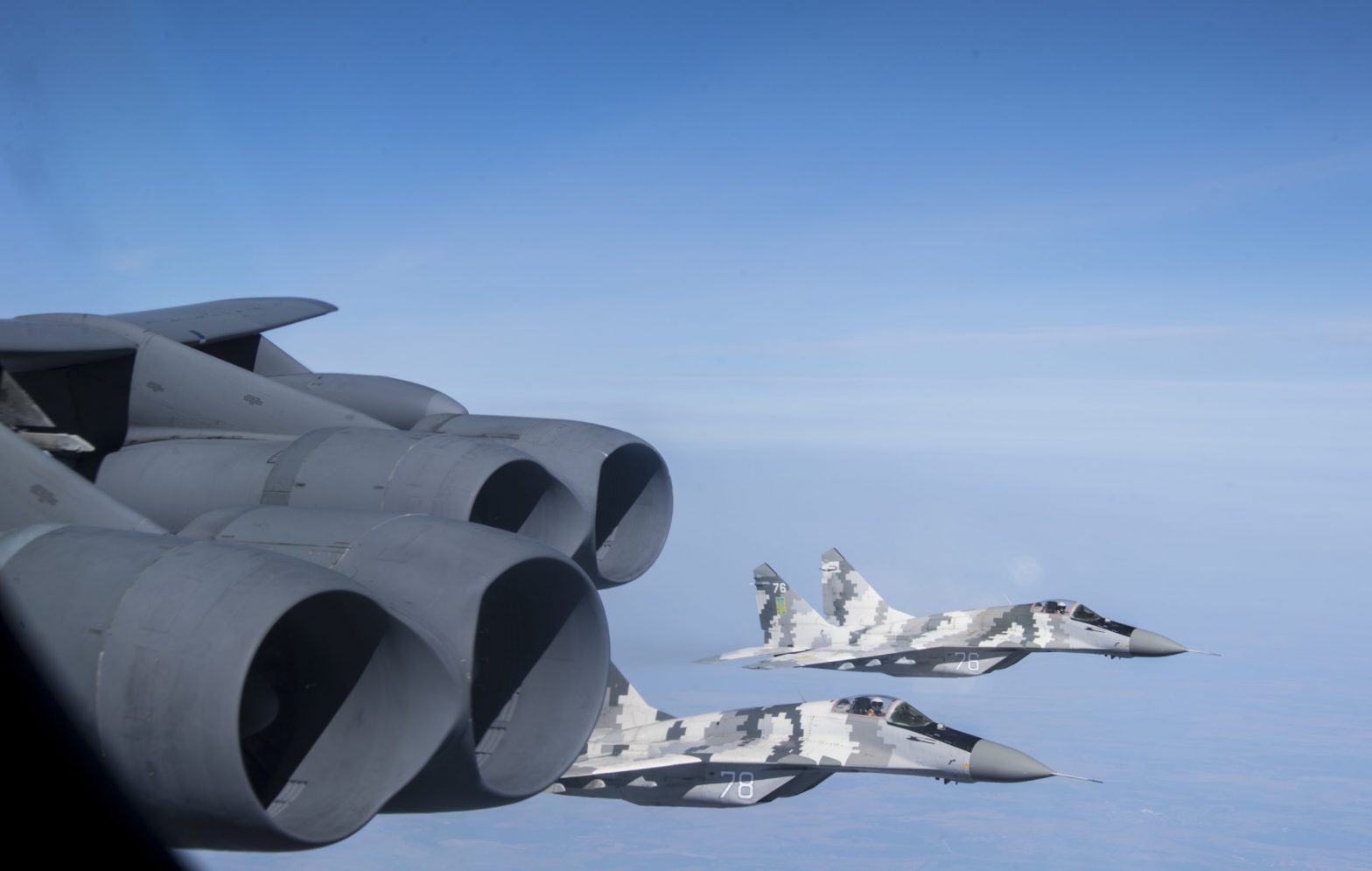In a significant and unprecedented development, US President Joe Biden has granted approval for the training of Ukrainian pilots to operate US-made F-16 fighter jets. This crucial support comes as Ukraine seeks to enhance its defense capabilities against Russian air attacks. The backing from Biden, expressed during a summit with G7 leaders in Japan, follows an initiative led by the UK and the Netherlands to form an international coalition in support of Ukraine’s procurement of F-16s.
While this move is hailed as a major step towards upgrading Ukraine’s predominantly Soviet-era aircraft, experts have raised concerns about the limitations of the F-16s and the potential for exploitation by Moscow. An anonymous active duty F-16 pilot cautioned against placing excessively high expectations on the jets, emphasizing that they would not single-handedly alter the course of the ongoing conflict.
To fully comprehend the significance of this development, it is essential to understand the F-16 fighter jet’s background. Widely regarded as the world’s most active fighter aircraft, the F-16 is a single-engine, multirole jet that has proven its effectiveness in air-to-air and ground-attack missions. Developed in the 1970s, the F-16 has garnered a reputation as a relatively low-cost, high-performance weapon system. With thousands of units manufactured and exported globally, it currently constitutes approximately 15% of the world’s combat aircraft fleet.

The F-16s destined for Ukraine are expected to be older models previously operated by US allies, particularly in Western Europe. However, these jets have undergone mid-life upgrades, including improvements to avionics and software, making them far from outdated.
While the acquisition of F-16s is a significant milestone, the process entails challenges beyond the mere procurement of aircraft. Training maintenance personnel, in addition to pilots, is a time-consuming endeavor that can span several years. Maintenance requirements for F-16s are considerable, amounting to approximately 16 hours per hour of flight time.
Moreover, effective utilization of the jets in a dynamic threat environment necessitates extensive training and experience. Advanced combat roles, such as low altitude night and all-weather ground attacks employing infrared systems and laser-guided bombs, require additional expertise and time to master.
Infrastructure poses another significant obstacle, as F-16s thrive on long, well-maintained runways, while Ukraine’s former Soviet-era airfields present rougher conditions. Additionally, acquiring advanced western armaments to equip the F-16s for effective engagement with Russian fighter jets would incur substantial costs.
Despite these potential challenges, the acquisition of F-16s holds immense political significance, showcasing a powerful collaboration across multiple Western and NATO countries. It serves as a testament to the collective efforts to support Ukraine and underscores the diplomatic weight of the decision.
While the war in Ukraine persists, transitioning to a Western-made fleet is considered a strategic move. However, it is crucial to acknowledge that the F-16 alone will not decisively shift the course of the conflict.
As Ukraine embarks on this arduous journey, it becomes evident that the path ahead will be fraught with financial and infrastructural hurdles. Nevertheless, the arrival of advanced fighter jets like the F-16 could provide a much-needed morale boost to Ukraine’s defense forces and significantly enhance their air defense capabilities. The international community will closely monitor the unfolding of this unprecedented transition.
©world-news.biz
